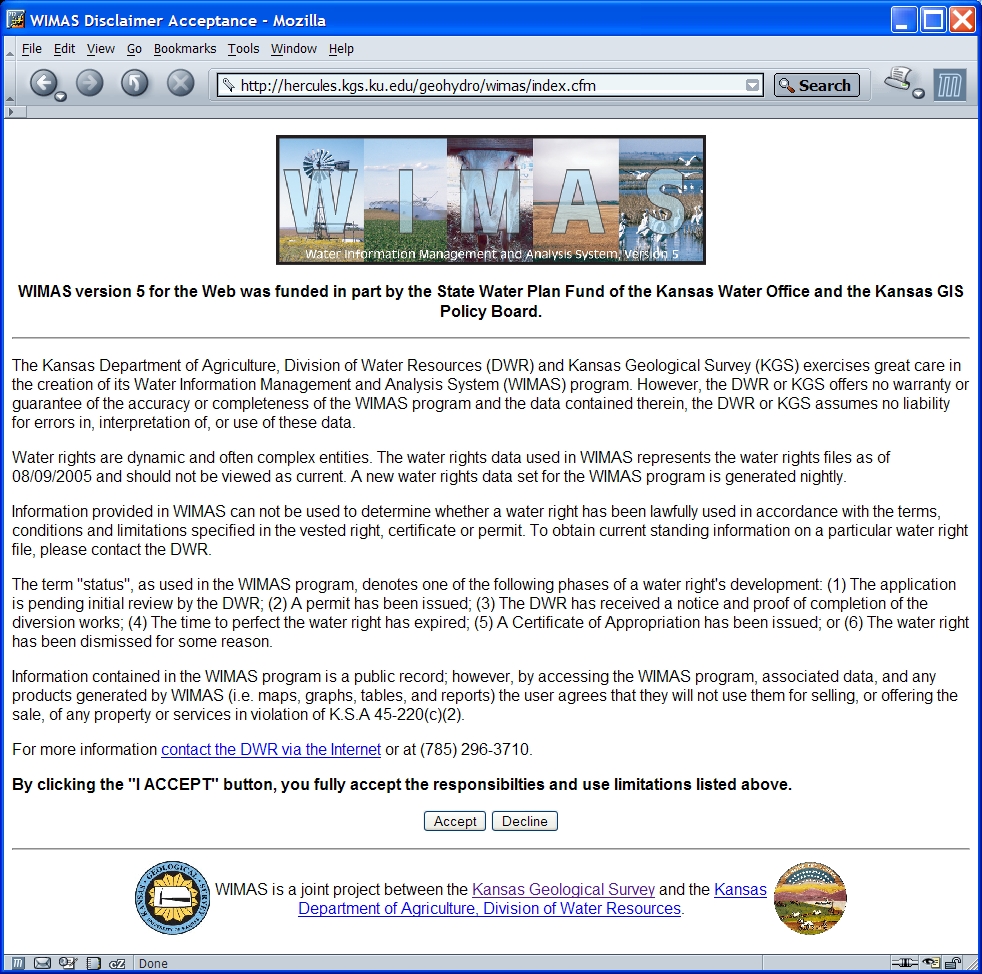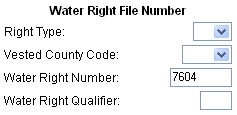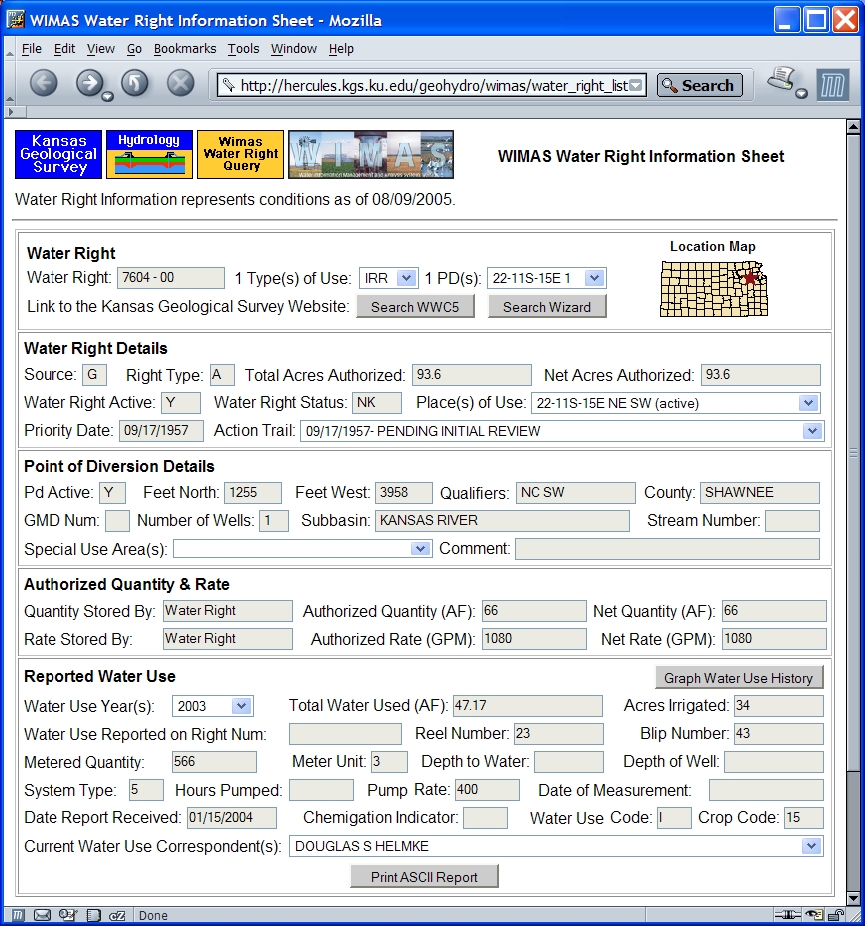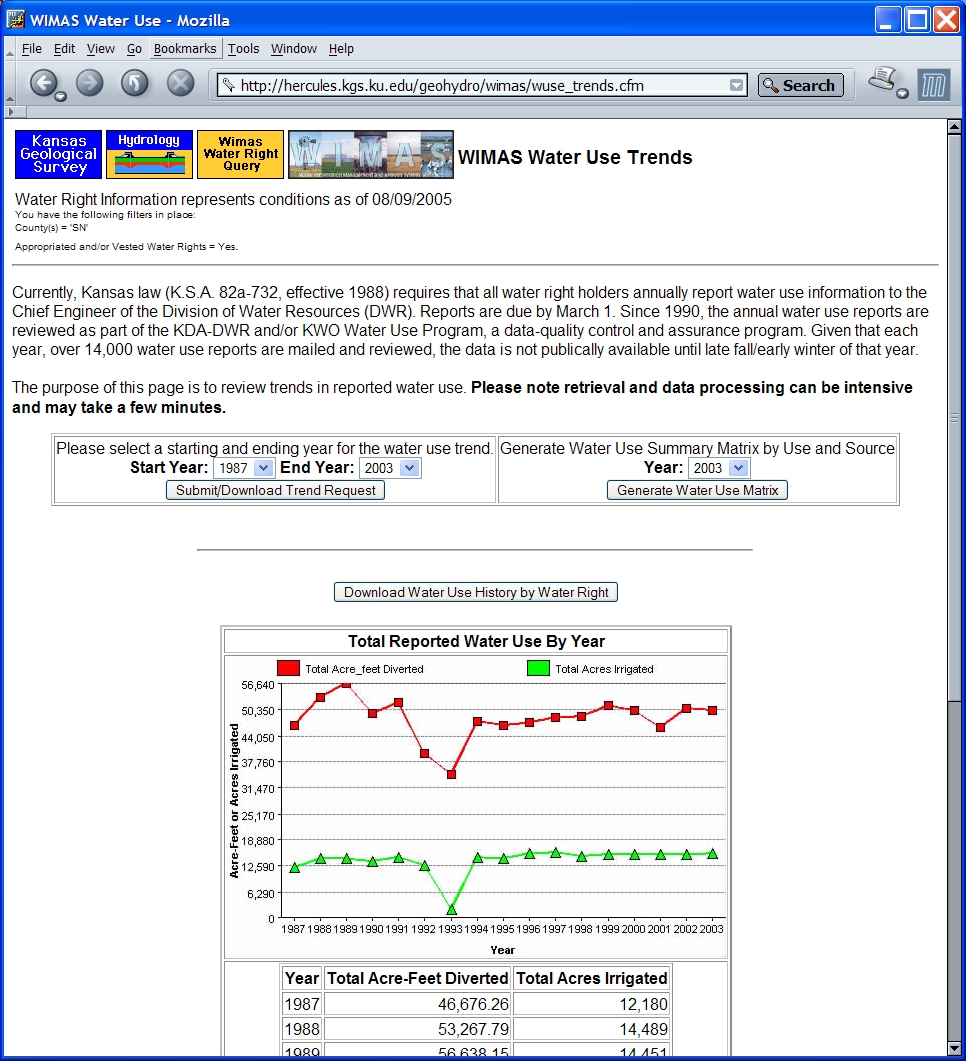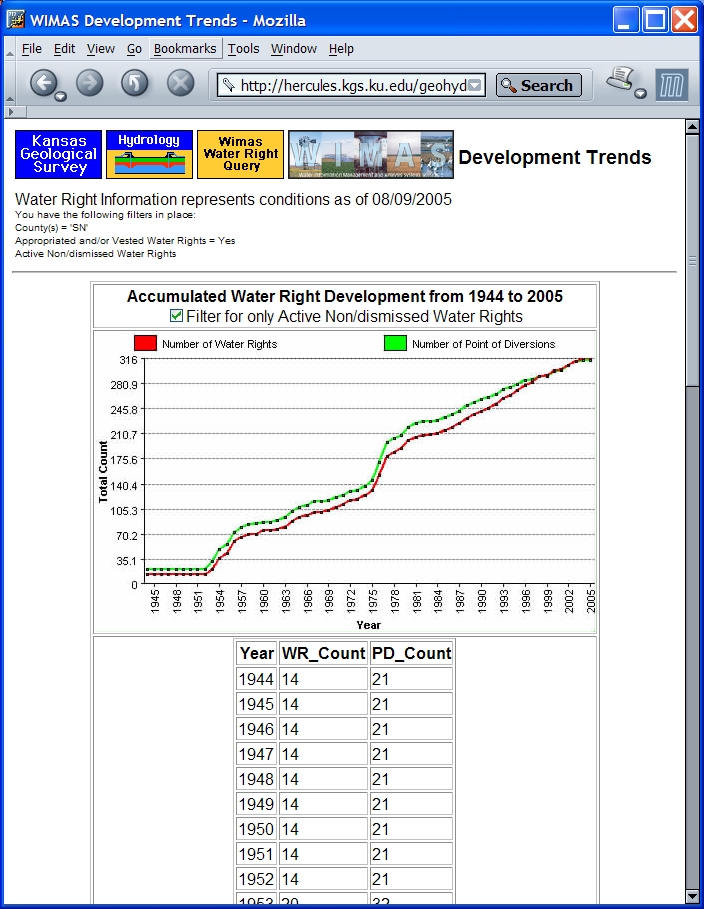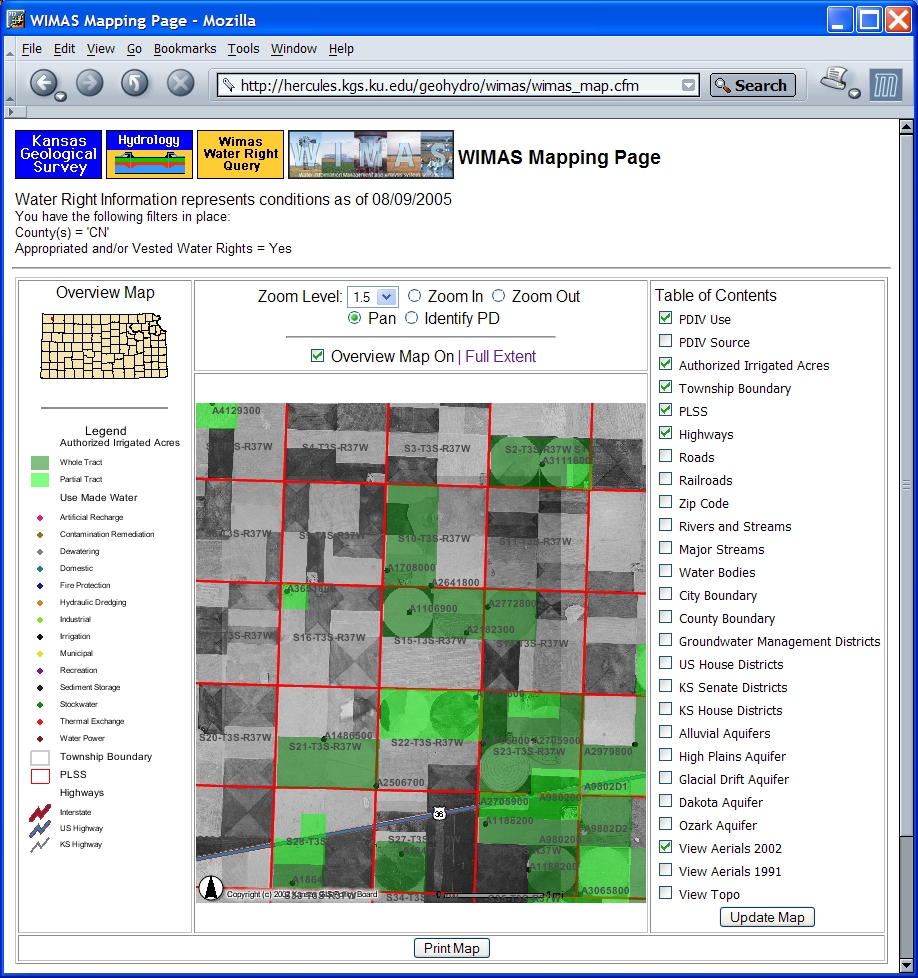| Status |
| |
| AA Vested Active |
| AM Dismissed After Vested |
| AY Pending Initial Review |
| FO Dismissed Prior to Approval |
| GA Denied Prior to approval |
| GM Reinstated Prior to Approval |
| GY Approved Pending Completion |
| HK Extended Time to Complete |
| HW Dismissed Pending Completion |
| II Reinstated Pending Completion |
| IU Partial Completion |
| JG Partial Completion - Extended Time to Complete |
| JM Inspected Prior to Completion |
| KE Completed Pending Inspection |
| KK Completed - Extended Time to Perfect |
| KQ Dismissed Pending Inspection |
| LC Reinstated Pending inspection |
| LG Completed - Partial inspection |
| LK Partial Inspection Extended Time to Perfect |
| LO Inspected Pending Perfection |
| LR Inspected Pending Perfection - Extended Time to Perfect |
| LU Dismissed Pending Perfection |
| LZ Reinstated Pending Perfection |
| MM Proposed Certificate |
| MR Proposed Certificate - Extended Time to Perfect |
| NK Certificated Issued |
| NQ Dismissed After Certificated Issued |
| NT Reinstated After Certificate Issued |
| NV Reinstated After Vested |
| Special Use Area |
|
| 001 RRC-Arikaree R |
| 002 RRC-S F Republican R |
| 003 RRC-Beaver C |
| 004 RRC-Sappa C |
| 005 RRC-Prairie Dog C |
| 006 RRC-Main Stem Republican R |
| 007 SS-N FK Above Kirwin |
| 008 SS-Bow Creek |
| 009 SS-S FK Above Webster |
| 010 SS-N FK Below Kirwin |
| 011 SS-S FK Below Webster |
| 012 SS-Solomon R Below Waconda |
| 013 Burrton (IGUCA) |
| 014 Smoky H R PIGUCA (AB Cedar Bluff) |
| 015 Smoky Hill IGUCA |
| 016 Ark River (IGUCA) |
| 017 Hackberry Creek (PIGUCA) |
| 018 McPherson (IGUCA) |
| 019 Hays (PIGUCA) |
| 020 Pawnee (IGUCA) |
| 021 Amazon Ditch (Ark River) |
| 022 Farmers Ditch (Ark River) |
| 023 Frontier Ditch (Ark River) |
| 024 Garden City Ditch (Ark River) |
| 025 Great Eastern Ditch (Ark River) |
| 026 South Side Ditch (Ark River) |
| 027 Farmers-Great Eastern (Ark River) |
| 028 Amazon-Great Eastern (Ark River) |
| 029 Special Water Quality Use Area |
| 030 Alamo-FT Aubrey (Ark River) |
| 031 Alamo Canal (Ark River) |
| 032 FT Aubrey Ditch (Ark River) |
| 033 Walnut Creek (IGUCA) |
| 034 Effective Alluvial |
| 035 Upper Republican Connection |
| 036 Upper Republican Contributing |
| Crop Codes |
| |
| 1 Alfalfa |
| 2 Corn |
| 3 Grain Sorghum |
| 4 Soybeans |
| 5 Wheat |
| 6 Oats |
| 7 Barley |
| 8 Rye |
| 9 Dry Beans |
| 10 Sunflowers |
| 11 Golf Course |
| 12 Truck Farm |
| 13 Orchard |
| 14 Nursery |
| 15 Other |
| 16a/ More than one type of crop |
| 17 Double Crop |
| 18 Alfalfa & Corn |
| 19 Alfalfa & Grain Sorghum |
| 20 Alfalfa & Soybeans |
| 21 Alfalfa & Wheat |
| 22 Alfalfa & other |
| 23 Corn & Grain Sorghum |
| 24 Corn & Soybeans |
| 25 Corn & Wheat |
| 26 Corn & Other |
| 27 Grain Sorghum & Soybeans |
| 28 Grain Sorghum & Wheat |
| 29 Grain Sorghum & Other |
| 30 Soybeans & Wheat |
| 31 Soybeans & Other |
| 32 Wheat & Other |
| 33 Alfalfa, Corn & Grain Sorghum |
| 34 Alfalfa, Corn & Soybeans |
| 35 Alfalfa, Corn & Wheat |
| 36 Alfalfa, Corn & Other |
| 37 Alfalfa, Grain Sorghum & Soybeans |
| 38 Alfalfa, Grain Sorghum & Wheat |
| 39 Alfalfa, Grain Sorghum & Other |
| 40 Alfalfa, Soybeans & Wheat |
| 41 Alfalfa, Soybeans & Other |
| 42 Alfalfa, Wheat & Other |
| 43 Corn, Grain Sorghum & Soybeans |
| 44 Corn, Grain Sorghum & Wheat |
| 45 Corn, Grain Sorghum & Other |
| 46 Corn, Soybeans & Wheat |
| 47 Corn, Soybeans & Other |
| 48 Corn, Wheat & Other |
| 49 Grain Sorghum, Soybeans & Wheat |
| 50 Grain Sorghum, Soybeans & Other |
| 51 Grain Sorghum, Wheat & Other |
| 52 Soybeans, Wheat & Other |
| 53 Alfalfa, Corn, Grain Sorghum & Soybeans |
| 54 Alfalfa, Corn, Grain Sorghum & Wheat |
| 55 Alfalfa, Corn, Grain Sorghum & Other |
| 56 Alfalfa, Corn, Soybeans & Wheat |
| 57 Alfalfa, Corn, Soybeans & Other |
| 58 Alfalfa, Corn, Wheat & Other |
| 59 Alfalfa, Grain Sorghum, Soybeans & Wheat |
| 60 Alfalfa, Grain Sorghum, Soybeans & Other |
| 61 Alfalfa, Grain Sorghum, Wheat & Other |
| 62 Alfalfa, Soybeans, Wheat & Other |
| 63 Corn, Grain Sorghum, Soybeans & Wheat |
| 64 Corn, Grain Sorghum, Soybeans & Other |
| 65 Corn, Grain Sorghum, Wheat & Other |
| 66 Corn, Soybeans, Wheat & Other |
| 67 Grain Sorghum, Soybeans, Wheat & Other |
| 68 Alfalfa, Corn, Grain Sorghum, Soybeans |
| 69 Alfalfa, Corn, Grain Sorghum, Wheat |
| 70 Alfalfa, Corn, Grain Sorghum Wheat & Other |
| 71 Alfalfa, Corn, Soybeans, Wheat & Other |
| 72 Alfalfa, Grain Sorghum, Soybeans, Wheat & Other |
| 73 Corn, Grain Sorghum, Soybeans, Wheat & Other |
| 74 Alfalfa, Corn, Grain Sorghum, Soybeans, Wheat & Other |
| 75 Pasture |
| 76 Sod/Turf Grass |
| 77 Cotton |
| 78 Grapes |
| Water User Report Codes |
|
|
| 1** |
Report received with no beneficial use indicated. See Code H. |
| 2* |
Report received with no beneficial use indicated. See Code H. |
| 3 |
Report received with no beneficial use indicated, without a reason for non-use given on report form. |
| |
Example - "No water used this year". |
| 4* |
Report received with no beneficial use indicated. See Code J. |
| 5 |
Report received, no beneficial use reported and no comments made. |
| |
Example: the form is blank or the metered quantity column is blank, or the hours column is blank. Information is not supplied to obtain a quantity of water. |
| 6* |
Report received with no beneficial use indicated. See Code 5. |
| A or 7 |
Metered quantity of acre-feet. |
| B* |
Report received but unacceptable for recording. |
| C |
Report received for 2 or more P/D´s or file numbers showing metered quantity, hour or rates reported together. |
| D |
File dismissed by action of the Chief Engineer. |
| E |
Report received: Non-use with a reason. Reason may satisfy KAR 5-7-1 for non-use. A history of this code will require further review to maintain if good cause exists for non-use. |
| |
Explanation: The reason given for non-use on the report as received may satisfy K.A.R. 5-7-1 for non-use at face value. Three (3) successive years of this same code will require further review to determine if in fact good cause exists for non-use. |
| |
Examples: Weather - adequate rainfall; enough rain; wet year; abundant rainfall; sufficient rainfall; rainfall. |
| |
Management - summer fallow; fallow operation; pastured cattle (stockwatering); no water sold; demand for water reduced this year. |
| |
Water Supply - no water available for surface sources; creek dry; used water from an irrigation district; used another source (river or reservoir water); no water flow; dry (surface water); insufficient water supply (surface source). |
| F |
Water use data obtained from field inspection report. A reel and blip number 99-9999 is entered into the computer for these reports. |
| G |
Report received - Use with hours of pump operation or hours and pump rate. A quantity of water can be determined by report content. |
| H |
Report received: Possible satisfactory reason for non-use, with reservation |
| |
Explanation: The reason for non-use on the report may appear at face value to satisfy K.A.R. 5-7-1 for non-use for one (1) to two (2) years. But, were such reason to be repeated over three (3) successive years, the file should be reviewed in depth to determine if the reason for non-use constitutes due and sufficient cause. |
| |
Examples: "well caved in", "bankruptcy", "not enough water" (groundwater sources), "pump broke down", "planted to wheat", "dryland", "pumping sand", pending Water Rights Conservation Program. |
| I |
Report in metered quantity of acre-inches (computer converts to acre-feet) |
| J |
Report received: Possible non-satisfactory reason for non-use |
| |
Explanation: The reason given for non-use on the report appears unlikely to satisfy K.A.R. 5-7-1. If this reason is repeated for three (3) successive years the file should be reviewed in depth to confirm reasons for non-use. |
| |
Examples: "Economic reasons", "high fuel cost", "choose not to irrigate". |
| K |
Report received: Government programs except CRP |
| |
Explanation: Reduced use of water because of annual enrollment in any governmental program, except CRP, which does not require use of water as a condition of enrollment. |
| |
Examples: "ASCS Farm Program", "ACR Acres", "Governmental set-aside", "0-92" option, any mention of enrollment in a government program. I.e. "acreage allotment". |
| L |
Report received: Conservation Reserve Program (CRP) |
| |
Explanation: Reduced us of water because of enrollment in the federal government´s CRP, which does not require use of water as a condition of enrollment. This code should not be utilized unless a CRP contract or other proof of enrollment has been received. If no CRP contract is provided, use Code "J". |
| |
Examples: Enrollment in "CRP". |
| M or 8 |
Meter quantity in gallons |
| 9 |
Domestic and recreational. If metered quantity or hours and rate are not provided, and the only information given on the report is the persons in the household, acres of garden, number of livestock, or lake levels then the report is coded a 9. |
| N |
Report received: Point of diversion reported to be out of service. |
| |
Explanation: The reason given indicates the point of diversion authorized is permanently out of service. Follow-up should be done to confirm this. A "closure/dismissal" or verified report may be necessary. |
| |
Examples: "sold pump", "plugged/caved in", "abandoned", "not in service", "anticipated future use", "remove from mailing list". |
| P |
Report received: Administrative review |
| |
Explanation: Information on the report suggests that files should be reviewed by DWR staff for clarification. |
| |
Example: "well replaced", "stream bank caved, moved downstream", "different well", "plan to reactivate", "seasonal flooding", "not purchased a pump". |
| O |
Overlapping number |
| Q |
Report received: Water quality impairment |
| |
Explanation: Non-use was reported for reasons of water quality deterioration by outside influence. |
| |
Example: "VOC´s", "brime spills", "oil", or "other petroleum spills", "high nitrates", "salt". |
| R |
Report received: Repetitive reporting |
| |
Explanation: If the reason given for non-use is repeated for three (3) or more years this code will be assigned and the file will subsequently be reviewed by the Division of Water Resources´ staff. Said review may lead to a closure/dismissal or verified report. |
| |
Examples: The following reasons repeated for three (3) successive years: "economic conditions", "same number of hours, quantity, etc.", "adequate or excessive rainfall". |
| S |
Report received and subsequently returned for clarification or additional information. |
| T |
Meter trouble. |
| U |
Report returned by U.S. Post Office as undeliverable. |
| V |
A point of diversion not completed during notice of completion ending date. |
| W |
Water Rights Conservation Program Plan approved. |
| X |
Report received indicating an ownership change. |
| Y |
Indicates a reporting problem. Requires further administrative review by staff. |
| Z |
For years prior to 1989. Energy reported only. |

